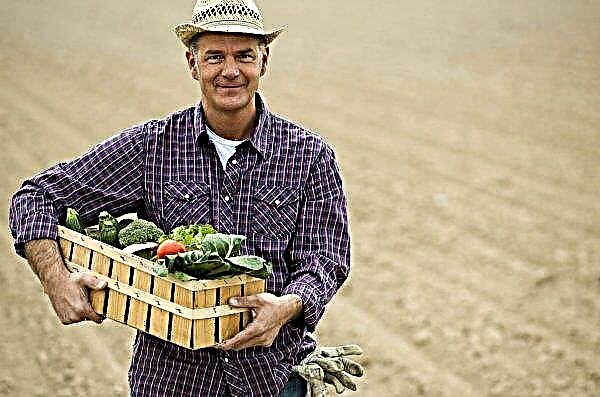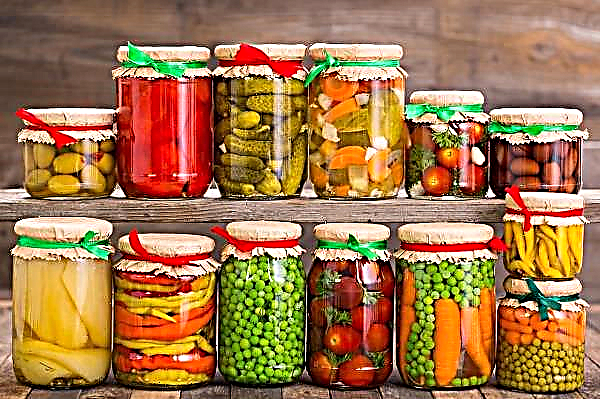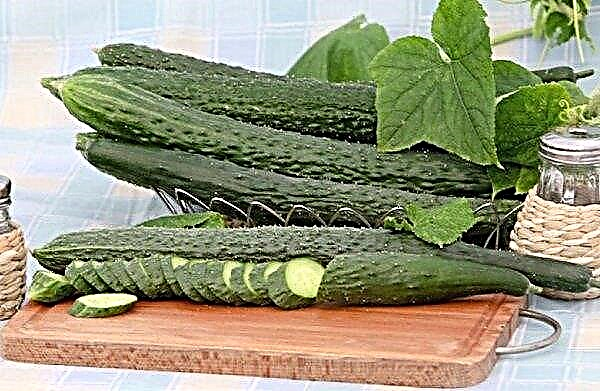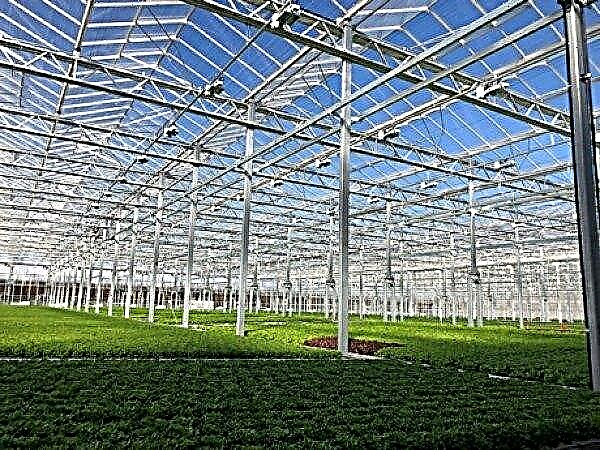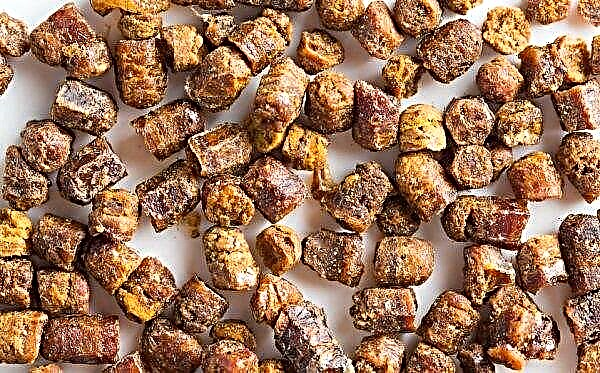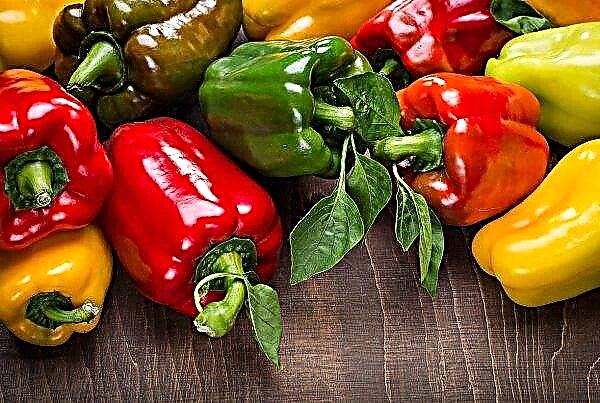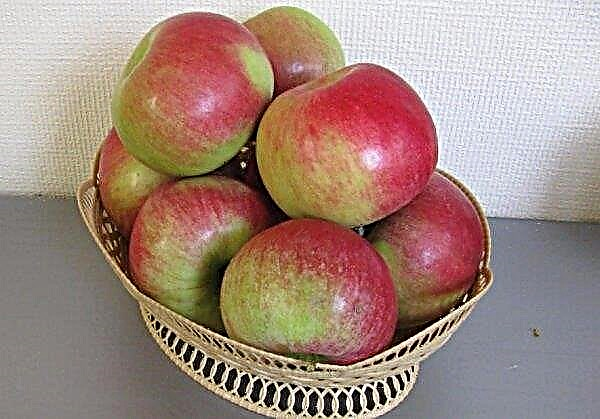Sheep breeding is a livestock industry that has a strong position in the global economy. You can find out about the prospects for breeding small cattle, its types and the most popular breeds below.
Industry trends
Sheep breeding trends are directly dependent on the consumer. Over the past decades, the demand for sheep wool has fallen significantly due to the entry into the market of cotton products, which are cheaper than livestock products.  But experts predict stabilization of this industry due to a sharp decrease in wool production, which will trigger a jump in prices for sheepskin products.
But experts predict stabilization of this industry due to a sharp decrease in wool production, which will trigger a jump in prices for sheepskin products.
Species, popular breeds: indicator for countries
In total, there are up to 600 sheep breeds in the world. Species of animals are divided depending on the main product, which is obtained as a result of their breeding.
Important! The world market has undergone changes in the direction of sheep breeding and there has been a complete reassignment of woolen products to the production of meat and dairy products.
There are 3 main types:
- Meat - have large dimensions and a large body weight, which allows you to quickly get an abundance of meat products. Among the advantages of this species can be distinguished: obtaining stable high rates of meat and greasy products, livestock can be grazed year-round, the ability of animals to adapt quickly even in harsh conditions, weight gain even with an unbalanced diet.
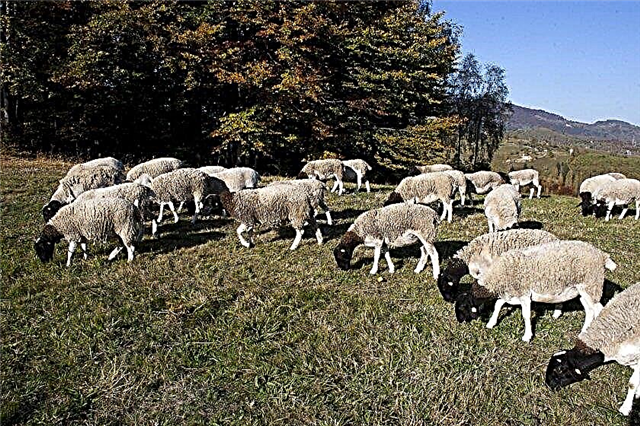
- Milky look - has high fertility rates. Animals are used to produce milk, and smushi are made from the skins of 4-day-old lambs.

- Woolly look - has not only an excellent sheepskin, but is also used as a meat variety.
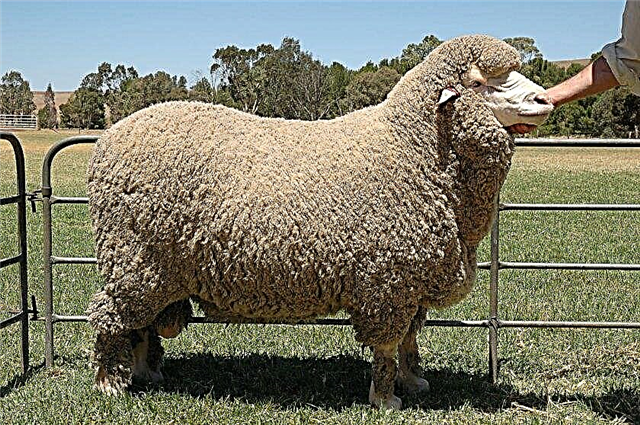
Based on the above main types, sheep breeding, as an economic industry, has the following directions:
- fine-fleece;
- half-fine;
- coarse-haired;
- semi-coarse;
- drying;
- meat and greasy;
- fur coat;
- meat-wool-milk;
- meat and wool.
Did you know? Scientists from around the world still can not reproduce the artificial analogue of the sheep fleece, which would not be inferior to him in qualitative characteristics.
The world livestock of sheep in 1997 amounted to 1.1 billion animals, the number in 2017 is 1.3 billion.
The most popular breeds among sheep are breeds, which are presented in the table:
| View | Breed name | Short description |
| Meat wool |  Romanovskaya Romanovskaya |
|
| Fine-fleece |  Katumskaya Katumskaya |
|
| Meat wool |  Gorkovskaya Gorkovskaya |
|
| Coarse |  Karachaevskaya Karachaevskaya |
|
| Meat wool |  Suffolk Suffolk |
|
| Semi-coarse |  Tajik Tajik |
|
| Fine-fleece |  Altai Altai |
|
| Fine-fleece |  Askanian Askanian |
|
| Fine-fleece |  South Caucasian Merino South Caucasian Merino |
|
Where more sheep are bred and why
Each of the industry sectors has its own climate zone. In regions with mountain ranges, in which cold weather prevails, they breed animals for such directions as coarse-haired, meat-wool-dairy.
For climatic zones, where desert territories predominate, dry sheep breeding is more developed. Regions with warm weather, with many green pastures, are occupied in the semi-fine-crowned area.
 Mountain sheep are one of the few species of animals that can survive at an altitude of 5 thousand km above sea level.
Mountain sheep are one of the few species of animals that can survive at an altitude of 5 thousand km above sea level.
The largest sheep breeding areas in Russia
The largest federal mutton production districts in Russia are: Siberian, North Caucasian and Southern.
Considering the regions of the country in the directions of sheep breeding, in the Rostov Region and the Republic of Kalmykia, which belong to the Southern District, fine-fleece production is a priority.
The Republic of Tyva, Siberian District, Dagestan and Karachaevo, belonging to the Caucasian District, raise sheep for the production of meat products.
Leading sheep stocks
The world leaders in the cultivation of this animal species have long been determined:
- China occupies a leading position in the breeding and use of sheep products. The country accounts for about 25% of the global lamb stock. The number of heads in herds is estimated at 140 million. Chinese farmers choose meat and fine-fleeced cattle for breeding.
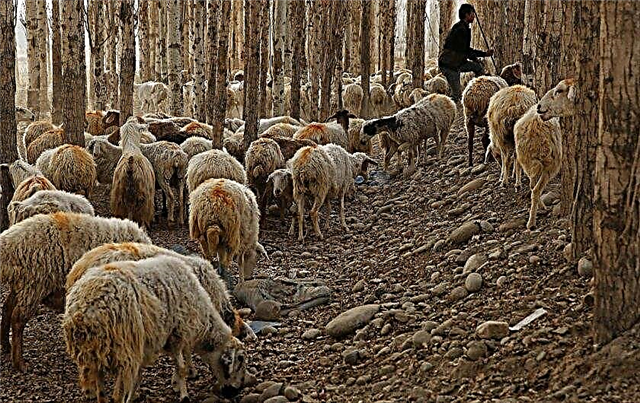 The sheep husbandry industry is very developed due to the use of innovative technologies in the process of care and raising animals. High industry performance was also achieved by increasing labor productivity.
The sheep husbandry industry is very developed due to the use of innovative technologies in the process of care and raising animals. High industry performance was also achieved by increasing labor productivity. - Australia one of the leading countries in the production of wool. The number of livestock on Australian territory is 100 million. The main goal of sheep breeding is to obtain a fleece. Woolen products manufactured in the country occupy 30% of the world market.

- Number of sheep in New Zealand is more than 50 million. This industry is the leading in the country, so since 1911 the golden fleece has been adorned with the state emblem.
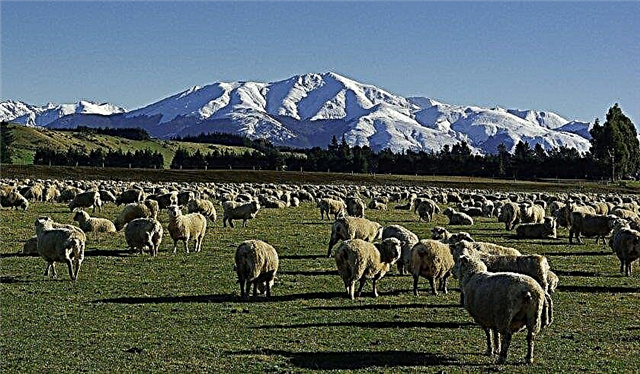
- To countries like Iran, United Kingdom and Turkeyaccounts for 2% of the global production of mutton. The livestock population is approximately 40 million each.
Industry outlook
For the industry to have development prospects, you need to take an example from China, which is the undisputed leader not only in raising small cattle, but also uses all livestock products in full.
Thus, the country occupies the first position in the production and sale of wool, dairy and meat products. Such indicators were achieved by establishing a clear trade policy in China, which implies the saturation of the domestic market with domestic goods.
Important! Sheep breeding should be developed in accordance with population growth and should also be financed and protected at the state level.
In the future development of the industry is an increase in demand for livestock products, as well as their use for medical and cosmetic purposes, which will undoubtedly increase the desire of farmers to raise sheep.
Under current economic conditions, there is a need to overcome the loss-making of sheep farming. To achieve the desired results in this field, you should seriously engage in the selection of animals for breeding, given their fertility and resistance to climatic characteristics of the area where the farm is located.




 The sheep husbandry industry is very developed due to the use of innovative technologies in the process of care and raising animals. High industry performance was also achieved by increasing labor productivity.
The sheep husbandry industry is very developed due to the use of innovative technologies in the process of care and raising animals. High industry performance was also achieved by increasing labor productivity.

